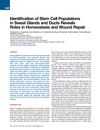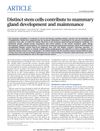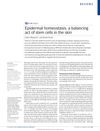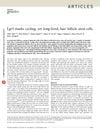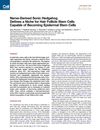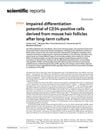A Matter of Life and Death: Self-Renewal in Stem Cells
December 2012
in “
EMBO Reports
”
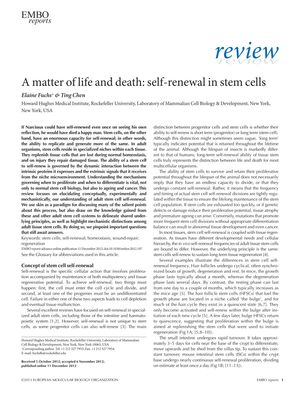
TLDR Stem cell self-renewal is complex and needs more research for full understanding.
The document from 2012 reviews the concept of self-renewal in adult stem cells, highlighting the importance of this process for tissue regeneration, aging, and cancer. It explains that self-renewal is regulated by both intrinsic and extrinsic factors, including the stem cell niche, and varies among different stem cell types such as hair follicle stem cells (HFSCs), intestinal stem cells (ISCs), and hematopoietic stem cells (HSCs). The review discusses experimental methods for studying self-renewal, such as transplantation assays and lineage-tracing experiments, and the challenges in identifying a universal set of stemness genes. It also covers the mechanisms of stem cell division, including asymmetrical and symmetrical divisions, and the influence of the microenvironment on these processes. The document notes the role of genes and pathways in stem cell maintenance and proliferation, mentioning Hmga2 and let-7b microRNA in neural stem cells, and Hmga2, Runx1, and Tbx1 in HFSCs. It concludes that stem cell self-renewal mechanisms are complex and require further research to be fully understood. The study involved using lentiviruses encoding shRNAs to infect HFSCs to identify essential genes for long-term self-renewal, but the number of HFSCs used is not specified.
